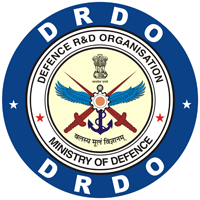Submissions
Submission Preparation Checklist
As part of the submission process, authors are required to check off their submission's compliance with all of the following items, and submissions may be returned to authors that do not adhere to these guidelines.- The submission has not been previously published, nor is it before another journal for consideration (or an explanation has been provided in Comments to the Editor).
- The submission file is in Microsoft Word, RTF, or WordPerfect document file format. Pdf/Zip/Rar or other files are not acceptable.
- The text adheres to the stylistic and bibliographic requirements outlined in the Author Guidelines, which is found in About the Journal. The text is single-spaced; uses a 12-point font; employs italics, rather than underlining (except with URL addresses); and all illustrations, figures, and tables are placed within the text at the appropriate points, rather than at the end.
- References are accurate and well formatted according to style of DESIDOC Journal of Library & Information Technology. All references mentioned in the Reference list must be cited in the text, and vice versa. Where available, URLs for the references have been provided.
- I verify that permission has been obtained for use of copyrighted material from other sources (including the Web). Publisher is nowhere involved in the process.
-
It is mandatory for all Authors to submit the CERTIFICATE OF ORIGINALITY duly signed and submit as supplementary (.doc) File along with the manuscript.
[This is to certify that the reported work entitled, “....” submitted for publication in DESIDOC Journal of Library and Information Technology (DJLIT) is an original work and has not been submitted/published elsewhere. I/We further certify that proper citations to the previous reported work have been given and no data/tables/figures have been quoted verbatim from other publications without giving due acknowledgement and without the permission of the original author(s). The consent of all the authors of this paper has been obtained for submitting the paper to the Journal.
[Signature and names of all the authors] - LINK TO DOWNLOAD MANUSCRIPT TEMPLATE : MANUSCRIPT_TEMPLATE
Copyright Notice
Except where otherwise noted, the Articles on this site are licensed under Creative Commons License: CC Attribution-Noncommercial-No Derivative Works 2.5 India
Privacy Statement
The names and email addresses entered in this journal site will be used exclusively for the stated purposes of this journal and will not be made available for any other purpose or to any other party.




